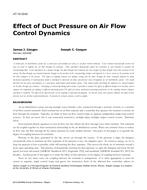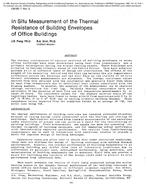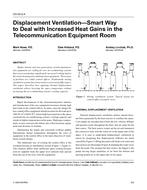In the present study, numerical modeling was performed to investigate the laminar forced convection flow of water Al2O3 nanofluid in the radial flow cooling system using a single phase fluid approach by using commercial code Because of its charactrestics, nanofluids were considered as interesting alternatives to conventional coolants. Steady laminar radial flow of a nanofluid in an axis-symmetric configuration with axial coolant injection has been considered. Good agreement was found between numerical results and available experimental data. The main target of the present work was investigating the effect of the corrugated lower disk on the heat transfer coefficient on the upper disk for different gap spacing between discs. The study covered a wide range of Reynold number (Re) , 500 ≤ Re ≤ 1500, for a specified volume fraction φ 4% and a specified heat flux from the upper disk of 3900 W/m². Results were divided into local results and average results. These local results explore the phenomena that appeared in average values. Results have clearly shown that the corrugated lower disk can significantly increase heat transfer capabilities of radial flow cooling systems. Furthermore, the average Nusselt number increases with the increase of Reynold number and the decrease of gap spacing. And it is worth mentioning that the numerical model is proven to be powerful tool in the future for investigation the flow and heat transfer in radial flow cooling system with using nano-fluids for different parameters and variable flow domain geometries.
Citation: 6th International Conference on Energy Research and Development, State of Kuwait, March 14–16, 2016
Product Details
- Published:
- 2016
- Number of Pages:
- 8
- Units of Measure:
- Dual
- File Size:
- 1 file , 4.2 MB
- Product Code(s):
- D-ICER16-26


